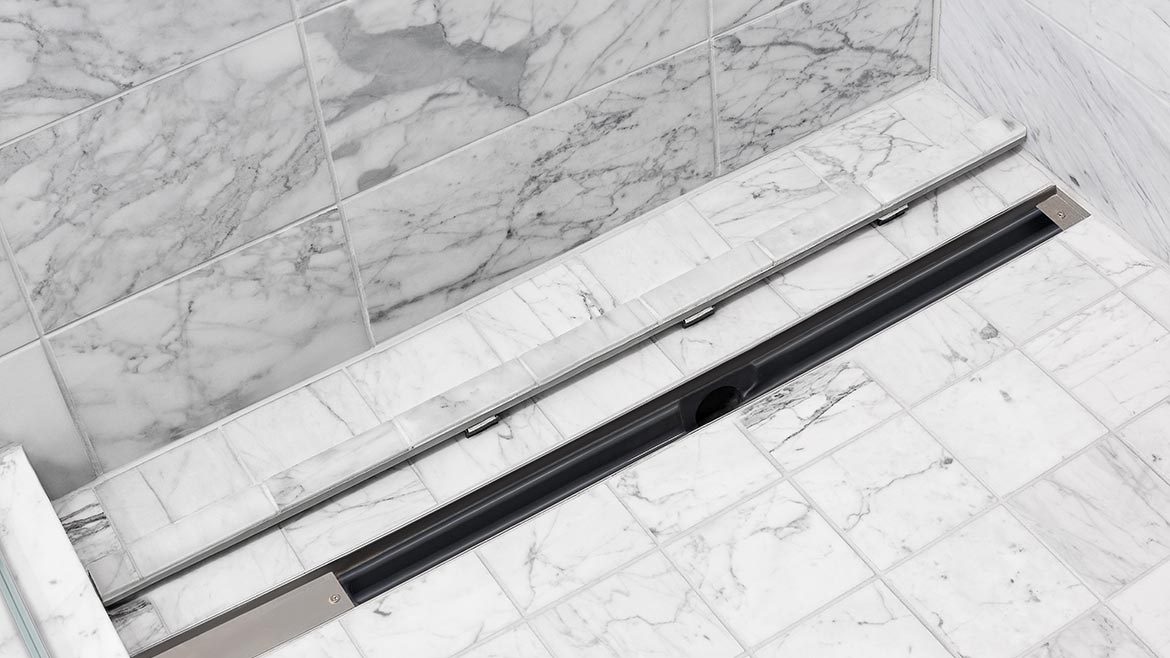
Bliss by Beaulieu SoftSense collection
Half of respondents expect to see a significant increase in overall sales over the next 12 months, and one-third expects sales to hold steady.
In our exclusive Market Trends Study of 118 dealers and contractors, two-thirds of respondents experienced a significant decrease in overall sales over the last 12 months. The carpet category was hit the hardest as six out of ten respondents report a decline in 2009 sales.(Chart 1)

Shaw Floors Left Bank laminate flooring in eiffel maple color
Over the past 12 months, approximately four in ten respondents (39%) saw an increase in sales in the residential replacement category while 42% of respondents report sales significantly declined. To boost sales, retailers have expanded their product offering with cork, hardwood and luxury vinyl.

Ark Floors’ Sucupira engineered wood, part of the Elegant Exotic series with 9 layers of finish
Sales in the contract/commercial sector decreased significantly for 41% of respondents, while another 41% report business remained the same. Two-thirds of respondents experienced a significant decline in the builder/new construction category sales. (Chart 2)

The importance of available consumer credit for floor covering purchases is mixed with nearly 33% not feeling the effects on the tight credit market. Said one respondent, “it (the lack of credit) has decimated it; no house price growth, no equity lines of credit, nothing to spend.”

One retailer said, “We don’t do too much credit, but 75% of my customers are being declined as opposed to only 10% in the past.” The dropping approval rate has caused jobs to get smaller when credit is declined by as much as 40%. Many panelists agree that the tight credit picture pushes people to the big box stores with in-house credit options and no-interest terms.
Ninety-two percent of respondents sell laminate flooring, followed by hardwood, 91%; carpet, 89%; vinyl/resilient floors, 86%; ceramic tile, 84%; stone/marble, 75%; and area rugs, 59%.

Sixty-six percent of respondents prefer to work with local manufacturer reps followed by direct contact from manufacturer in-house employees. Just 4% purchase floor covering on the manufacturer websites. The use of B2B/EDI computer applications is still lagging with only 3% using the technology.(Chart 3)

Gross annual sales are expected to increase in 2010 versus 2009 by 60 percent of the panel, while 29% project sales to be similar as 2009 and a decrease by 11 percent. The mean increase is 18 percent, while the 2010 decrease is expected to be 16% mean. The economy is the single most important challenge facing floor covering dealers/contractors today.


